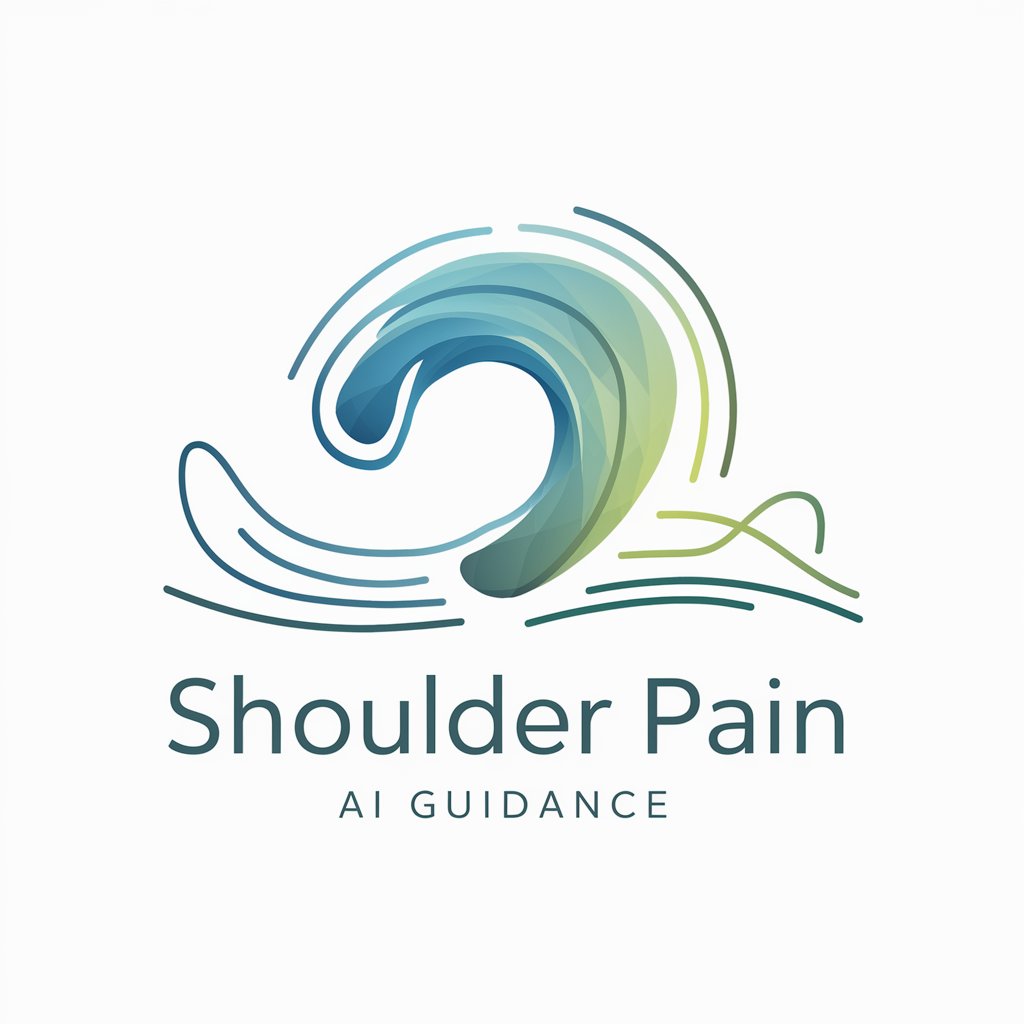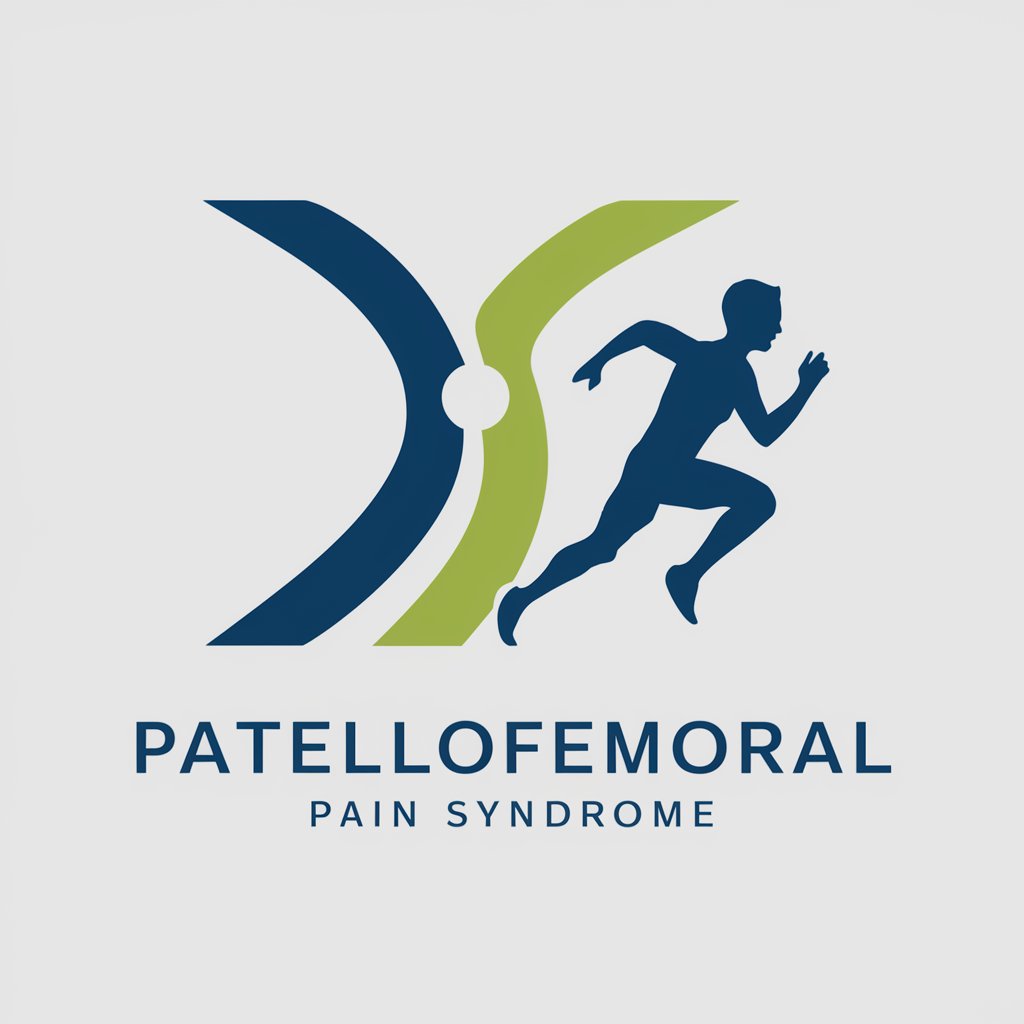
Anterior Cruciate Ligament Tear (ACL) - ACL Tear Insights and Support
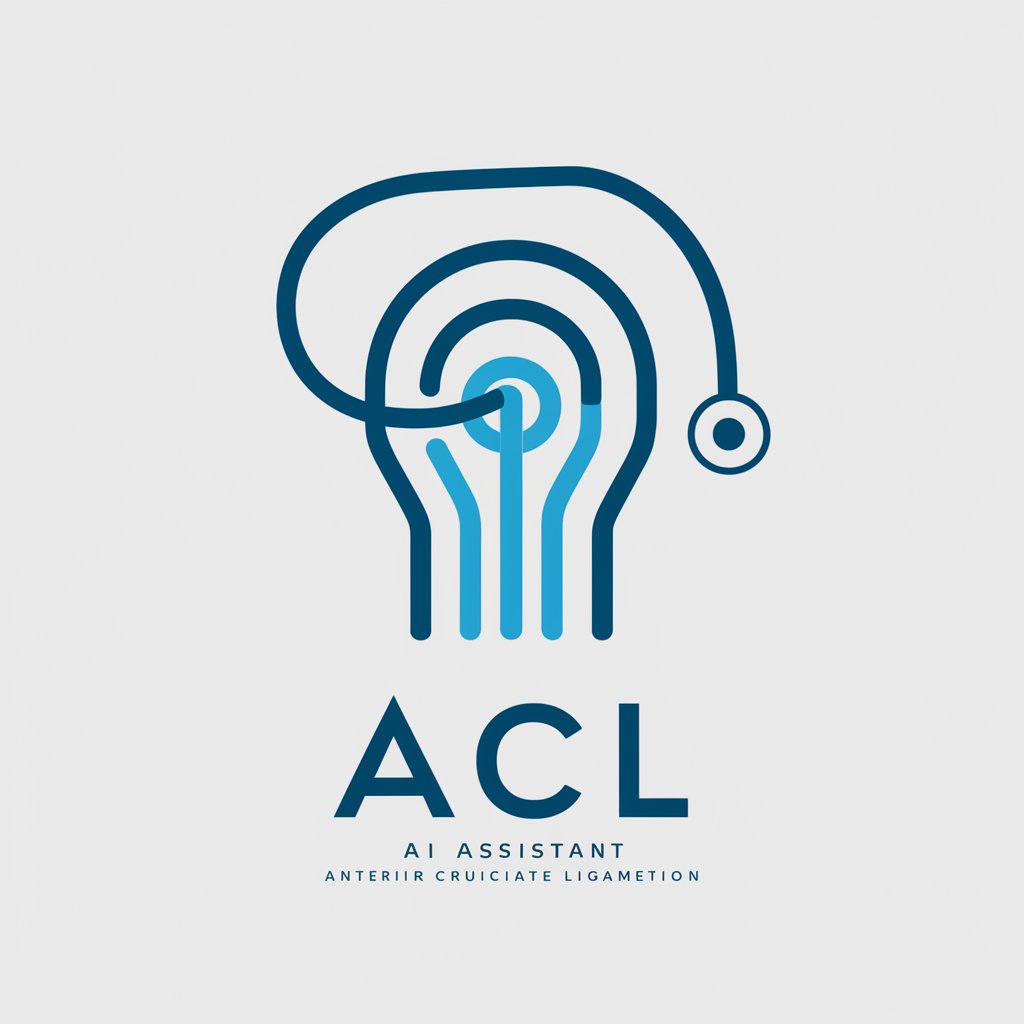
Hello! I'm here to provide detailed information about ACL tears. How can I assist you today?
Empowering ACL tear understanding with AI
Can you explain the common causes of ACL tears?
What are the typical symptoms of an ACL tear?
How is an ACL tear diagnosed by healthcare professionals?
What are the treatment options available for ACL tears?
Get Embed Code
Introduction to Anterior Cruciate Ligament (ACL) Tear
An Anterior Cruciate Ligament (ACL) tear is a common but significant knee injury, particularly prevalent among athletes. The ACL is one of the four main ligaments within the knee, playing a critical role in stabilizing the joint by preventing the tibia (shin bone) from sliding out in front of the femur (thigh bone). ACL tears often occur during activities that involve sudden stops, changes in direction, or direct impact to the knee. Examples of scenarios leading to ACL tears include pivoting with a firmly planted foot in sports like basketball, soccer, or skiing, as well as direct collision in sports such as football. These injuries can range from partial to complete tears, with symptoms including pain, swelling, instability, and a decreased range of motion. Powered by ChatGPT-4o。

Main Functions of the ACL
Stabilization of the Knee Joint
Example
Preventing the tibia from sliding out in front of the femur during athletic activities.
Scenario
An athlete quickly changing direction to evade an opponent.
Protection of Joint Integrity
Example
Maintaining proper alignment of the knee components during physical activities.
Scenario
A soccer player lands from a jump, and the ACL helps to absorb and distribute the force evenly across the knee.
Minimization of Abnormal Knee Movements
Example
Limiting excessive forward movement of the tibia relative to the femur.
Scenario
During a skiing accident, where the skier falls awkwardly, the ACL attempts to prevent the knee from bending unnaturally.
Ideal Users of ACL Tear Services
Athletes and Active Individuals
This group includes individuals engaged in sports or activities that put them at higher risk of ACL injuries due to the dynamic and high-impact nature of their activities. They benefit from ACL tear services for both preventive education and treatments post-injury.
Post-Surgical Patients
Individuals who have undergone ACL reconstruction surgery require specialized rehabilitation services to ensure proper recovery and to regain full function of the knee. Tailored physical therapy and recovery programs are essential for this group.
Medical Professionals
Orthopedic surgeons, sports medicine specialists, and physical therapists are key users of ACL tear information and services. They rely on the latest research and treatment protocols to provide effective care for patients with ACL injuries.

How to Utilize the ACL Information Assistant
Initiate Trial
Begin by accessing yeschat.ai to start a free trial, with no registration or ChatGPT Plus subscription required.
Identify Needs
Determine your specific information needs or questions regarding ACL tears, including symptoms, treatments, and rehabilitation.
Engage with Assistant
Interact with the ACL Information Assistant by posing your questions or describing your situation for personalized information.
Apply Insights
Utilize the insights and information provided to inform your understanding or approach to managing ACL tears.
Consult Healthcare Professional
For diagnosis, treatment, or personalized advice, consult a healthcare professional with the information gathered as a foundation for discussion.
Try other advanced and practical GPTs
Meniscus Tear
Empowering Knee Health with AI
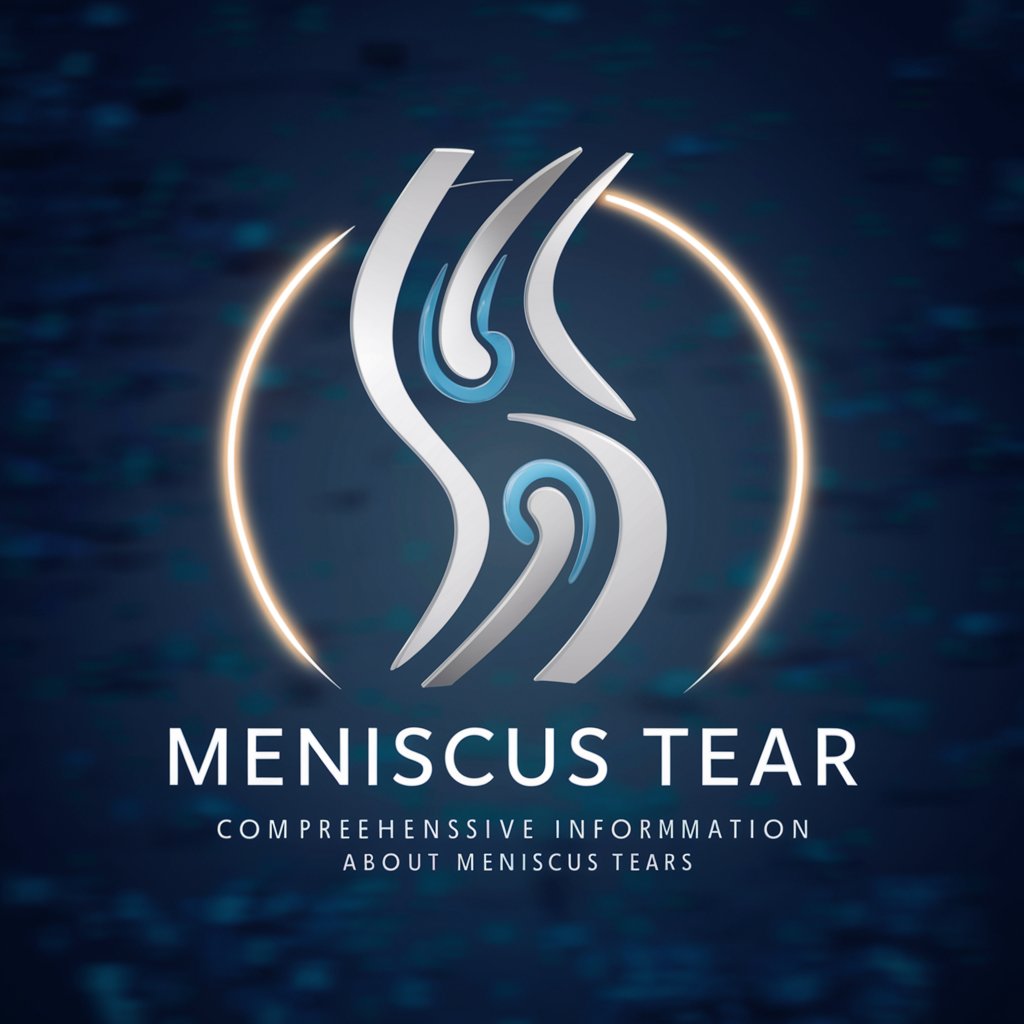
Teardown Mod Scripter
Powering your creativity in Teardown modding.
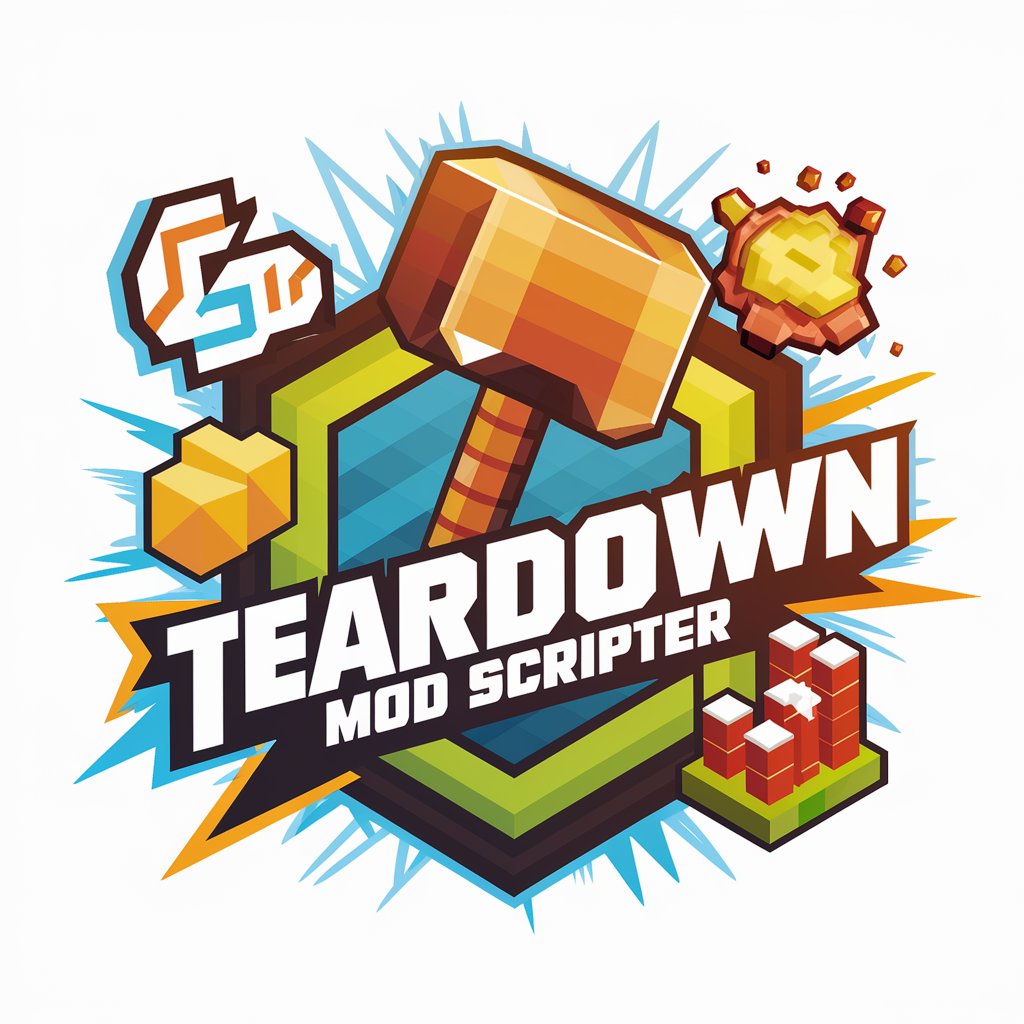
Rotator Cuff Tear
Empowering your shoulder health with AI
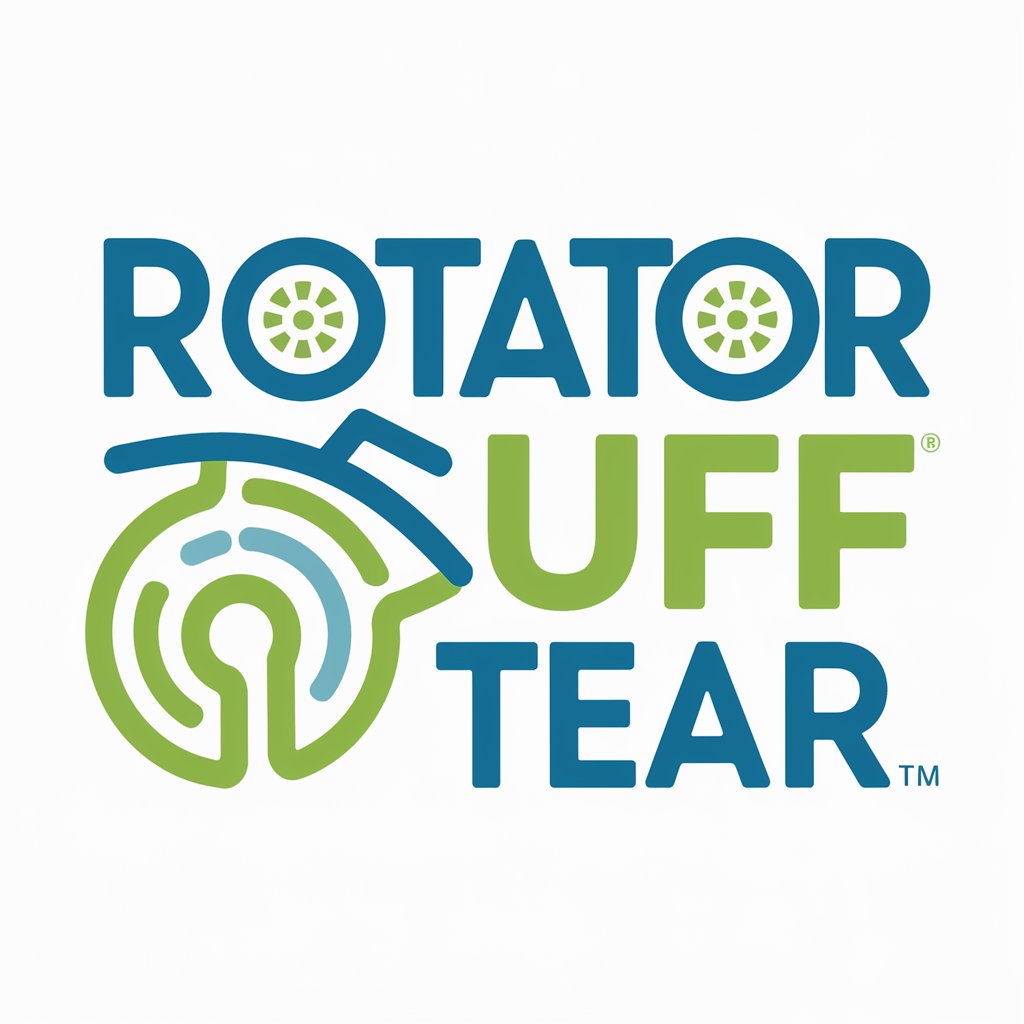
Ligament Sprain and Tear.
Empowering injury understanding with AI

Teardown.ai
Deciphering Tech Companies with AI

Muscle Strain and Tear
Empowering your recovery with AI-driven advice.

TentGPT
Elevating Camping to Luxury

Mystic Myco
Crafting Psychedelic Visions with AI

Stock Market
Empower Your Investments with AI

Stock Sage
Empowering Investments with AI

AI Interaction Coach
Empowering Ethical AI Conversations

Introduction To Digital Electronics Tutor
AI-powered Digital Electronics Mastery

In-Depth Q&A on Anterior Cruciate Ligament Tear (ACL)
What causes an ACL tear?
ACL tears commonly occur during sports that involve sudden stops, jumps, or changes in direction. Factors include direct impact, awkward landings, or rapid shifting movements.
How is an ACL tear diagnosed?
Diagnosis involves a physical examination, review of symptoms, and imaging tests like MRI or X-rays to assess the extent of the tear and any associated injuries.
What are the main treatment options for an ACL tear?
Treatment options range from nonsurgical methods, like physical therapy and braces, to surgical reconstruction of the ligament, depending on the severity of the tear and the patient's activity level.
Can ACL tears be prevented?
Prevention focuses on strengthening leg muscles, improving flexibility, and training techniques to reduce stress on the knees. Proper warm-ups and using correct sports equipment also play a role.
What is the recovery time after ACL surgery?
Recovery varies but generally involves 6 to 9 months of rehabilitation before returning to full activity. Success depends on the surgery, rehab process, and individual healing rates.


